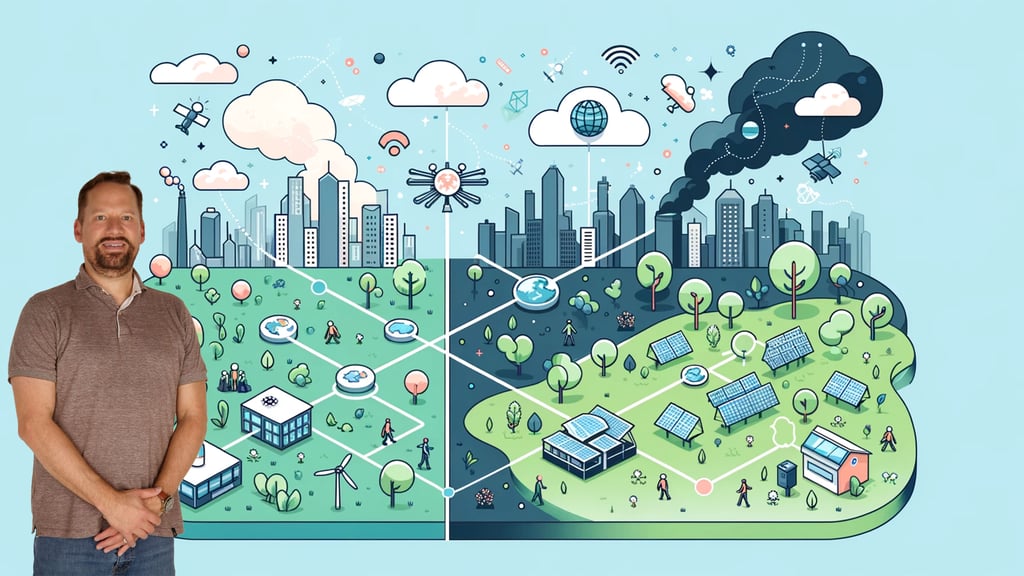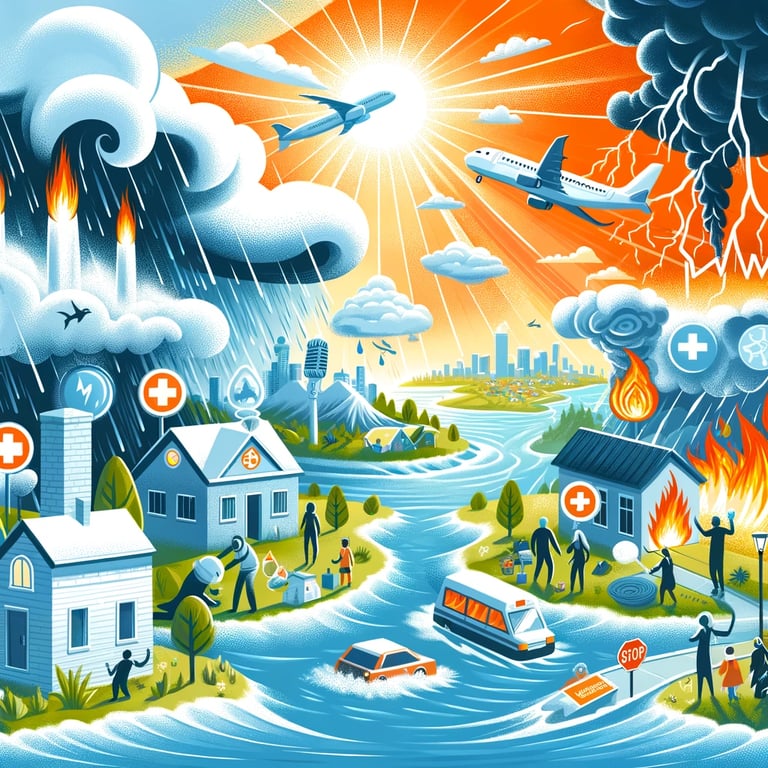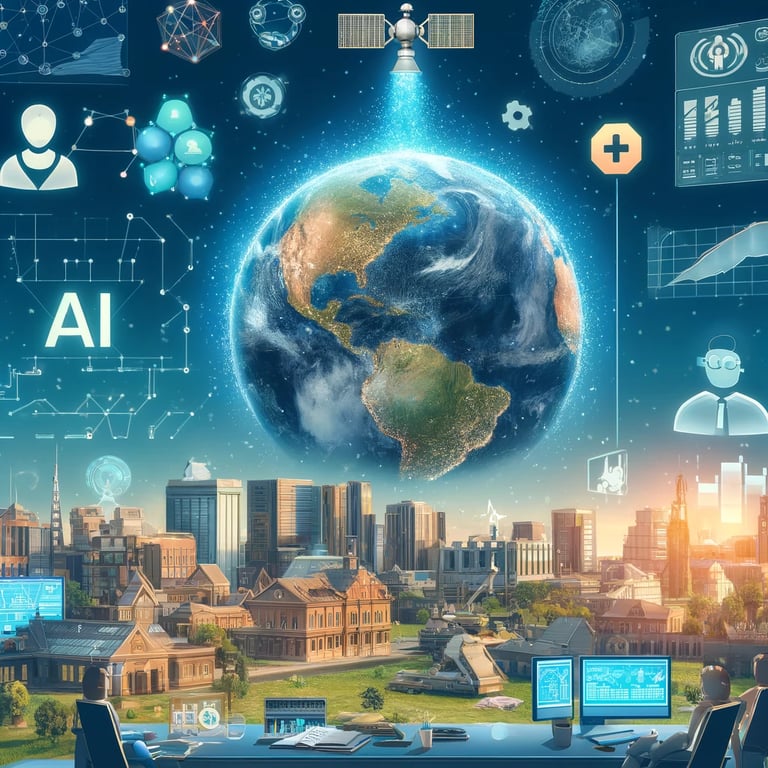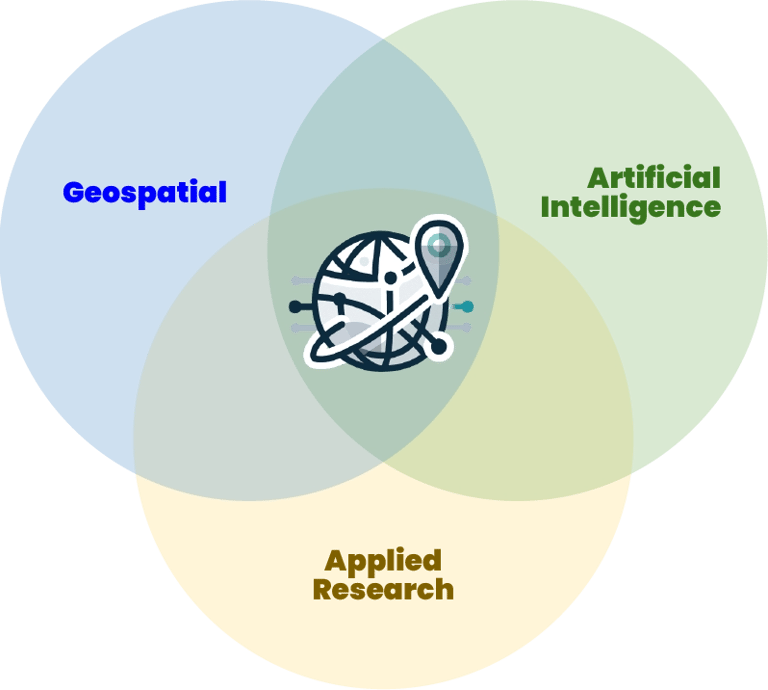Environmental Health Factors Impacting Public Health
Environmental factors are crucial in public health, contributing to many worldwide deaths. By leveraging advanced technologies like AI, machine learning, and geospatial analysis, we can better understand, predict, and mitigate these impacts. This blog explores the intersection of environment and health, highlighting innovative solutions and emphasizing the importance of embracing these technologies for improved public health outcomes.
TECH FOR PUBLIC HEALTH
Scott Pezanowski
6/9/20244 min read


The Unseen Impact of Environmental Factors on Health


We often hear about environmental impacts on our health, sometimes sensationalized in Hollywood movies like Deep Water Horizon, Day After Tomorrow, and Erin Brockovich. However, the reality is far more complex and significant. According to the World Health Organization, 24% of all global deaths are attributable to environmental factors [1]. This staggering statistic underscores the importance of understanding and managing how our environment affects our health.
24% of all global deaths are attributable to environmental factors
- World Health Organization
Modern Tools for Environmental Health Analysis
Advancements in technology have provided us with powerful tools to analyze and mitigate the impacts of environmental factors on public health. AI and geospatial technologies are at the forefront of this effort. These technologies allow us to uncover patterns, make predictions, and make data-driven decisions based on accurate environmental data.
Pollutants like particulate matter, carbon monoxide, and nitrogen dioxide contribute to respiratory and cardiovascular diseases. Water sources contaminated with chemicals can lead to gastrointestinal and neurological disorders. Chronic noise exposure, chemical pollutants, and biological agents pose various health risks, including hearing loss and infectious diseases. Even long-term radiation exposure, such as radon in homes, can have severe health implications. Poor housing and urban design can also influence mental health and physical activity levels.
The Role of Climate Change
Climate change exacerbates many of these environmental health risks. It amplifies extreme weather events, increases disease prevalence, and threatens food security. Understanding and managing these intertwined factors are crucial for public health officials and policymakers to protect and improve community health outcomes.


The Power of AI and Geospatial Technologies
AI and geospatial technologies combine computational intelligence with location-based data to enhance health applications. These technologies enable the integration of diverse datasets, uncovering valuable insights and making predictions from massive data sets. Examples of applications include disease outbreak prediction, resource allocation optimization, and improved healthcare accessibility.


For instance, I have used these technologies to fuse and process massive environmental and demographic data to analyze and predict disease outbreaks on a continental scale while maintaining local precision. My cutting-edge solution was part of a collaboration with the WHO, where I also developed automated text classification for relevant news articles, saving time and improving disease outbreak monitoring.
Practical Applications and Benefits
Public health organizations can effectively utilize AI for environmental health risk mitigation through several applications:
Risk Mapping: Analyzing data to map high-risk areas for pollution, contamination, and disease, enabling targeted interventions.
Predictive Modeling: Forecasting environmental hazards using historical and real-time data for timely warnings and proactive planning.
Resource Optimization: Strategically allocating resources like health clinics and monitoring stations to maximize impact in high-risk areas.
Monitoring and Surveillance: Continuous AI-driven monitoring provides real-time surveillance of environmental health hazards, enhancing early warning systems.
Community Engagement: AI identifies at-risk communities, supporting tailored public health communications and educational initiatives to increase resilience.


Future Advancements in AI and Environmental Health
The future of AI in environmental health is promising. Advanced predictive analytics, integration with IoT sensors, automated response systems, enhanced multi-scale analysis, and collaborative data platforms are just a few examples of how AI can revolutionize environmental health monitoring and interventions. These advancements suggest a future where public health responses are more proactive, personalized, and precise.
Call to Action
As we continue to innovate and develop these technologies, it is crucial to integrate them with public health planning and policymaking. By doing so, we can create informed, data-driven public health policies that effectively address environmental health challenges. Continuous evaluation and collaboration will ensure we keep pace with changing environmental and health landscapes.
I encourage public health professionals and organizations to adopt AI and geospatial technologies today to transform public health outcomes and build a healthier, more sustainable future. Together, we can harness the power of technology to combat environmental health risks and ensure a proactive approach to public health challenges.


25+
Years of experience
Conclusion
Environmental factors critically influence public health; AI and geospatial technologies offer transformative potential to address these challenges. Embracing AI technologies is crucial for advancing ecological health analysis and intervention by enabling precise monitoring, prediction, and targeted interventions. Let’s leverage AI as a strategic tool to enhance health outcomes and effectively combat environmental risks, ensuring a proactive approach to public health challenges.
Connect
If you or your organization can benefit from AI and data analytics applications, please reach out through a comment on this blog, email, or any of my social media channels. I am happy to discuss consulting, training, and project development possibilities to transform public health together. Let’s work towards a healthier future, leveraging the power of AI and geospatial technologies to impact public health outcomes significantly.


Check out the video below to learn more about mitigating environmental impacts on our health with technology.

